In 2009 I took my family on a trip to Japan. I had visited the country a couple of times before on business trips and loved it, so I wanted to share the experience with my wife and son. We spent a total of thirty days there, starting in Tokyo and travelling around the central part of the country, trying to absorb as much of the culture as we could.
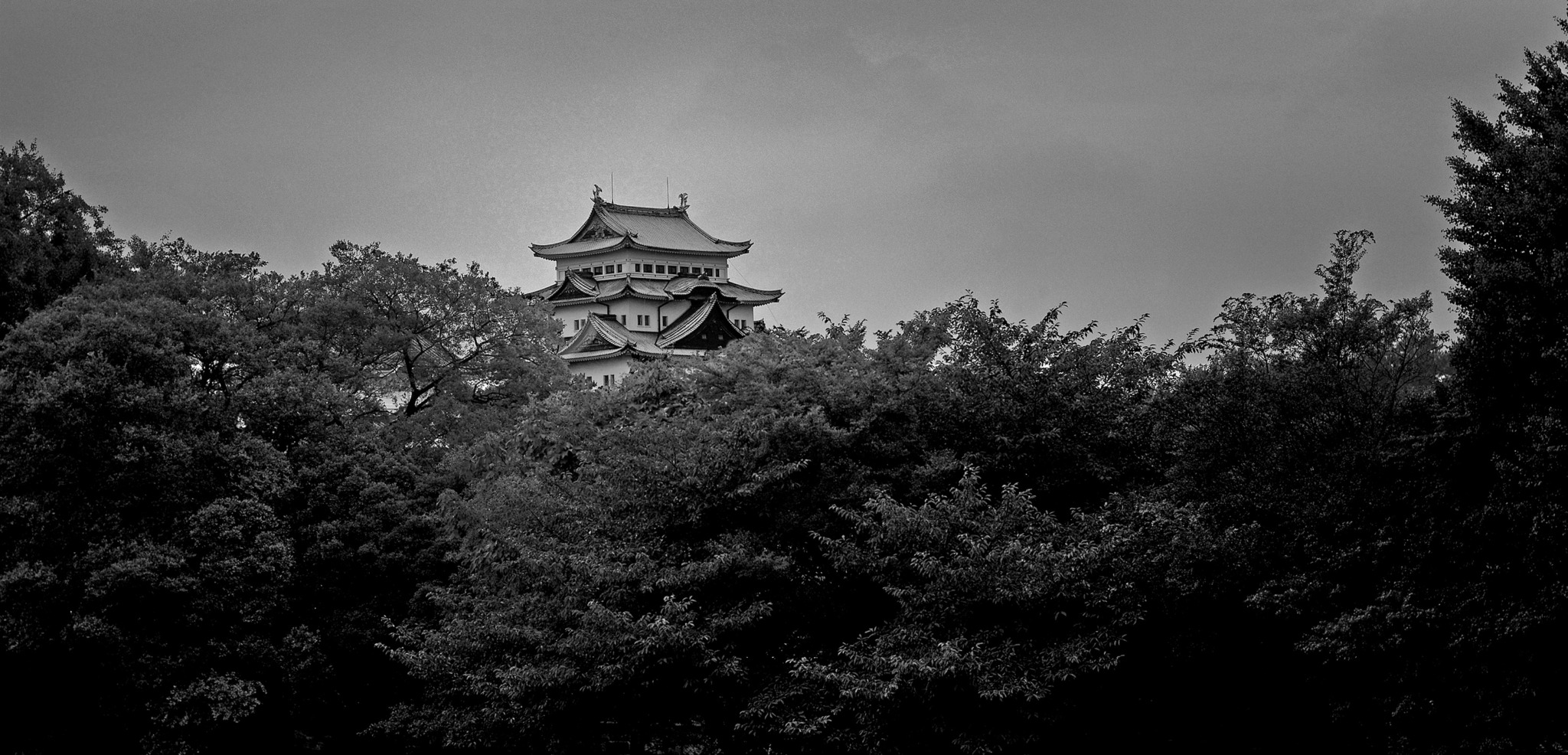
The first two parts of this series covered Tokyo, Kamakura, Nara and Kyoto, locations familiar to many westerners. If you want to review them you can find them here: Part 1 Part 2. In this article, we will go a bit further afield.
After Kyoto, we needed to find somewhere a bit cooler. Japan is a very mountainous country, so we did what most Japanese do when they want to get away from the heat—we headed into the mountains. The best way to travel long distances is by Shinkansen or as we know it, the bullet train. We started by taking the Shinkansen to Nagoya.
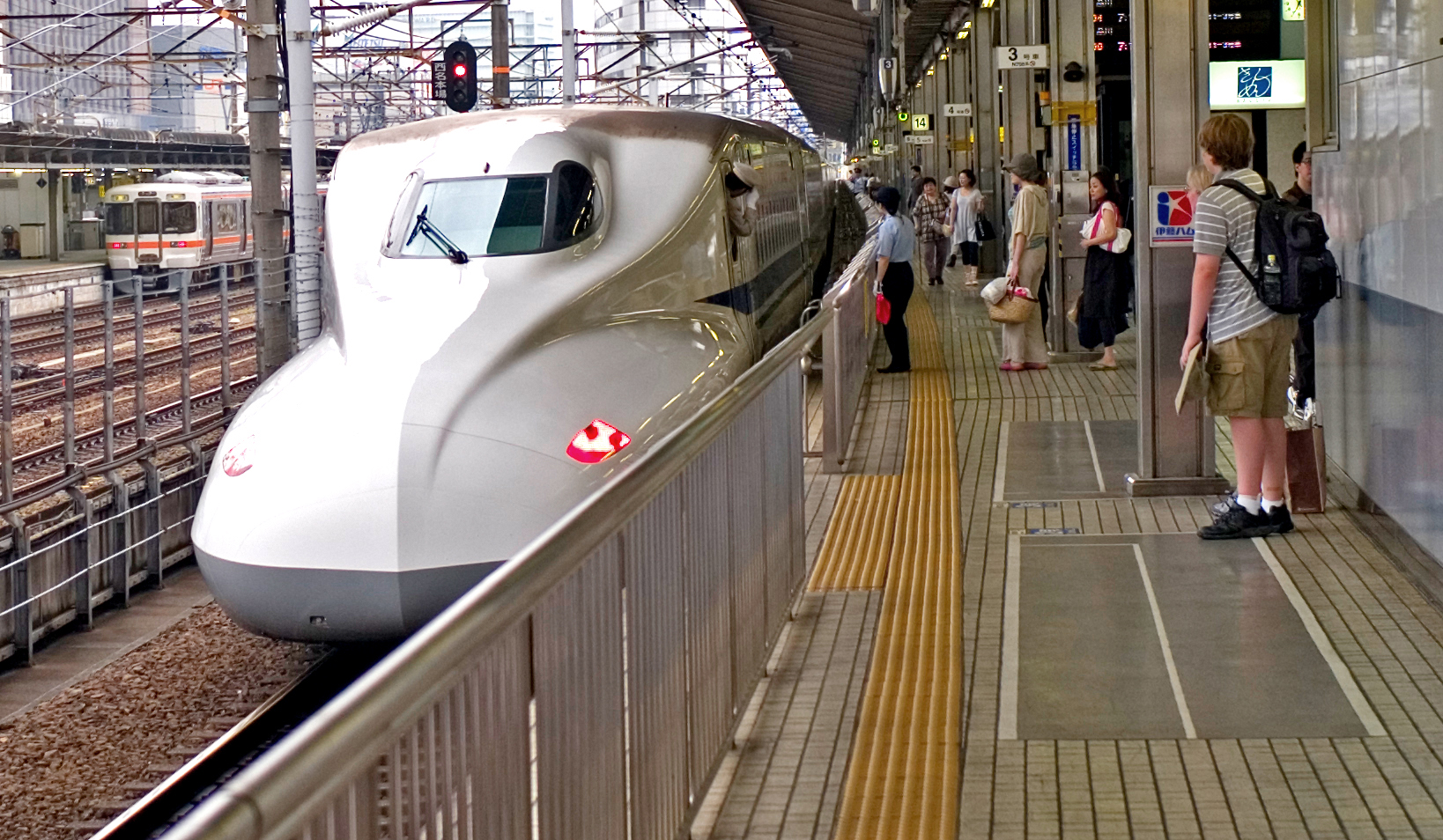
While the speed of the train is impressive, what struck us was the comfort and quietness. I’ve sat in noisier living rooms. The sense of movement was so subtle that it was hard to believe we were doing 180 mph. Travel by train also allowed me to see the countryside in a way that could not be done while driving.

Sumo!
When we reached Nagoya, the Sumo wrestling championship matches were on. So, of course, we had to go. Sumo watching can be an all-day affair, starting at 9 am and finishing at 6 pm. Not knowing what to expect, we decided to get there early and stay the whole day. The sumo matches start with the junior wrestlers and progress through the day until the national champions begin to compete around 4.30 pm, but we didn’t want to miss anything.
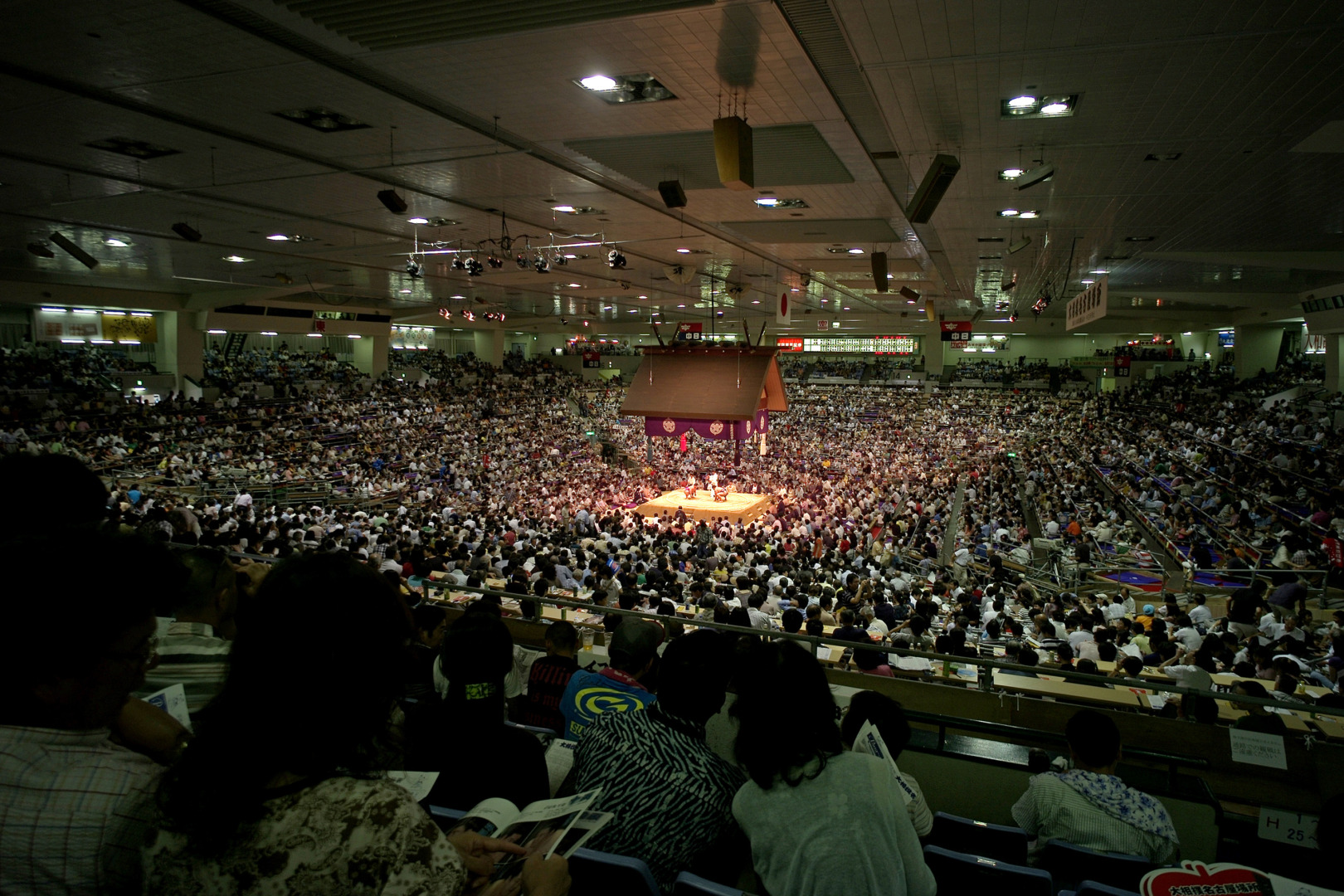
We brought our packed lunches, which we purchased at the train station, as well as bags of nuts and mixed cracker snacks. I think being part of the crowd was the best part of the Sumo experience. We sat next to four young men who spoke almost no English, but we noticed that they were drinking beer, and we thought some salty snacks would improve their drinking experience. With a little sign language and waving a package of nuts around, they soon got the idea, and before long, they were enjoying our snacks, and we were enjoying their beer. Unfortunately, they didn’t want to be photographed. I suspect they were not at work that day because they were “sick”.
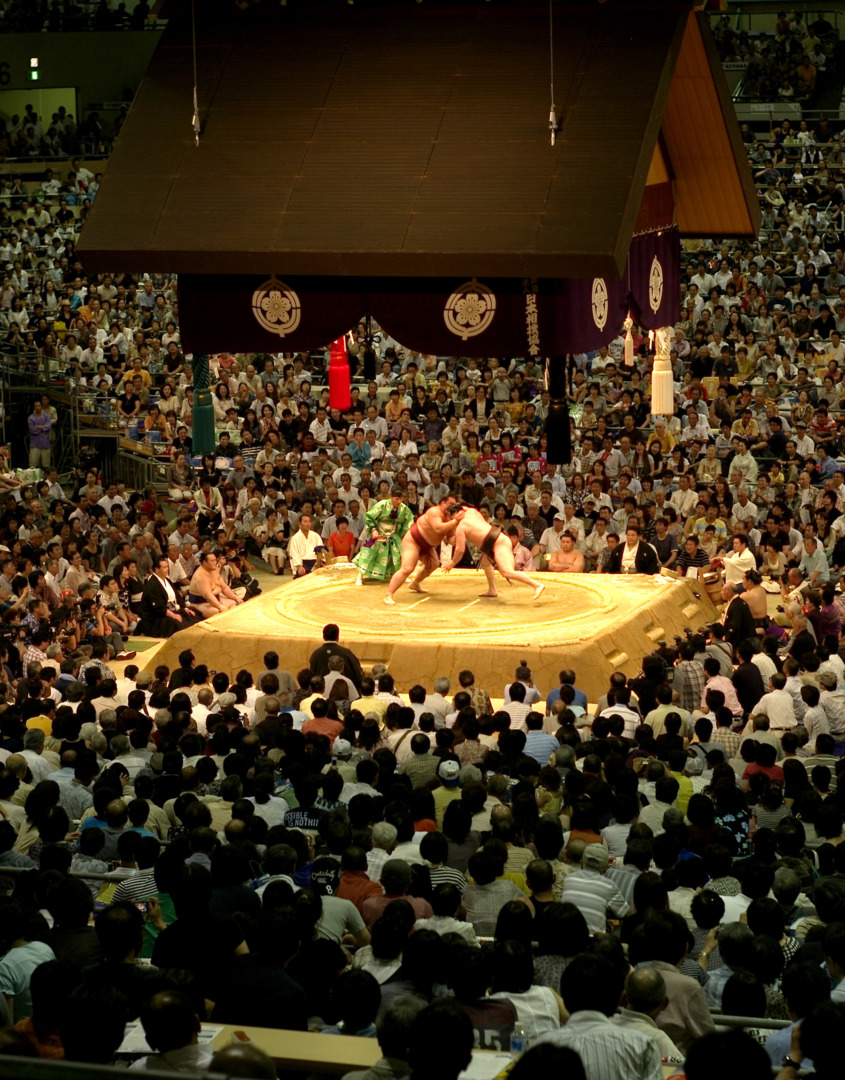
A few rows down from us, a group of older gentlemen had also come for the day. They brought their own snacks, beer and sake, and packed lunches. They had a grand time and were as much fun to watch as the wrestling.
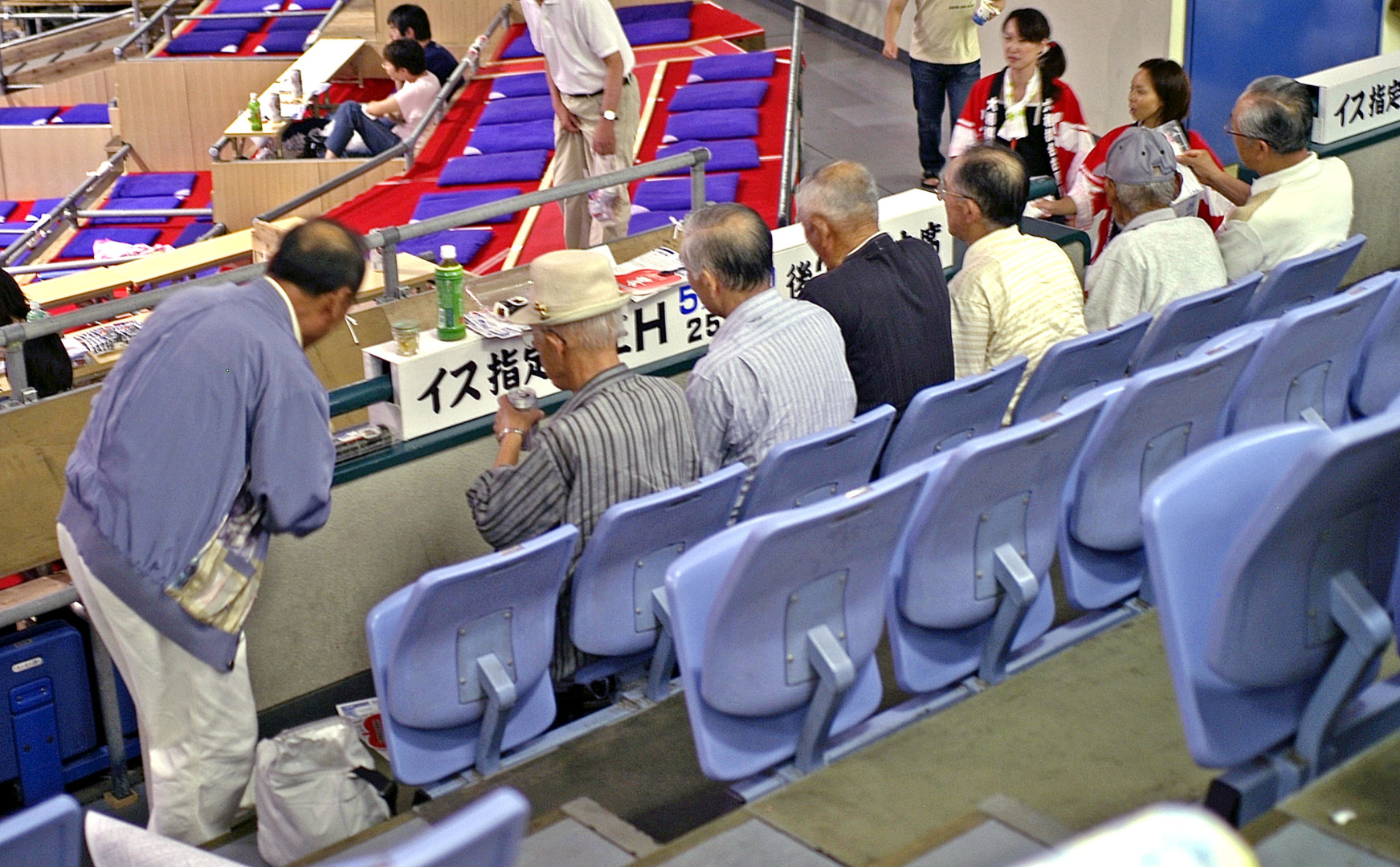
Into the Mountains
After our day’s entertainment at the sumo matches, we continued the journey to our destination, the town of Takayama. A small city in the mountains known as a vacation and resort destination, Takayama gave us a retreat from the heat for a few days and allowed us to experience a Japanese-style vacation.
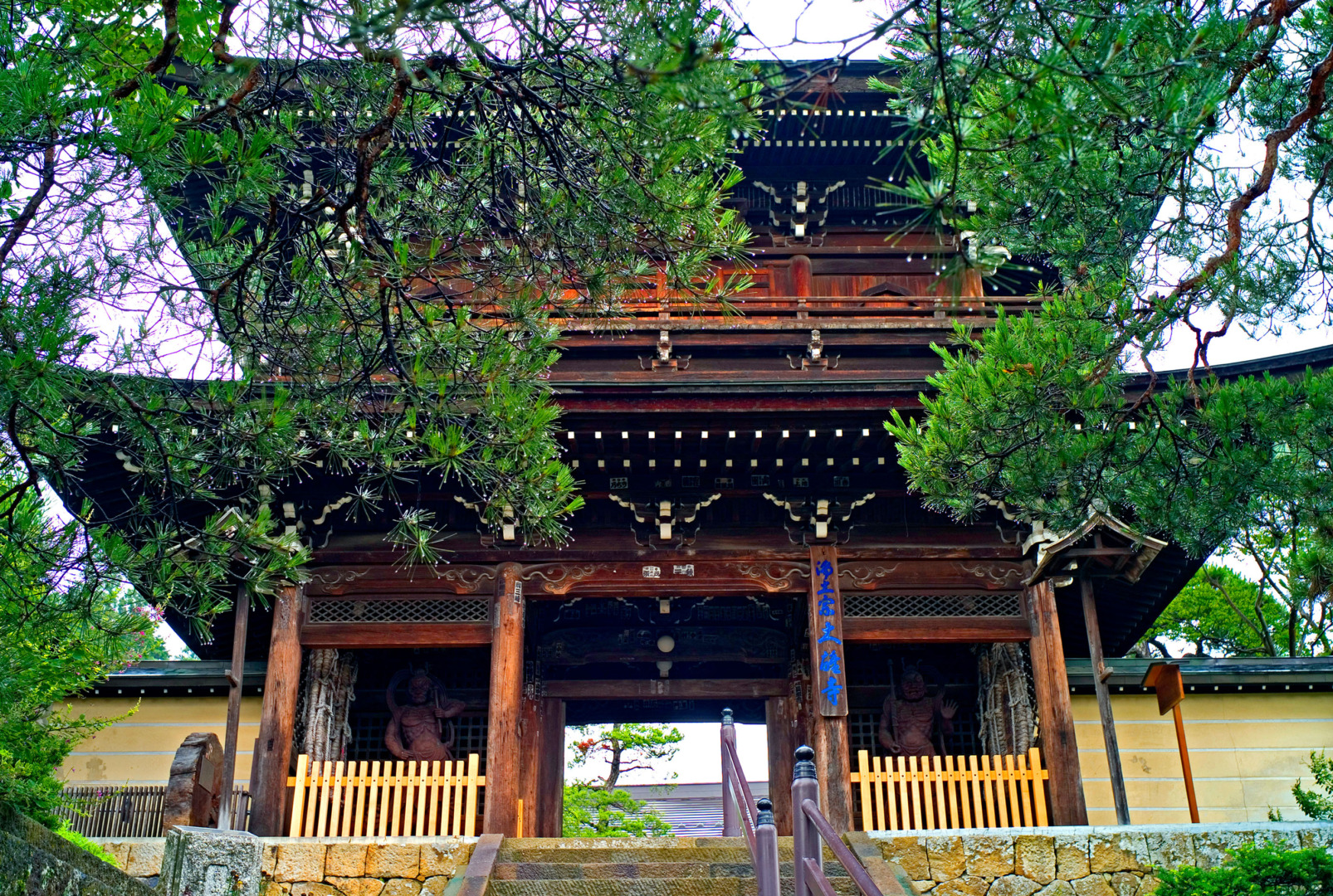
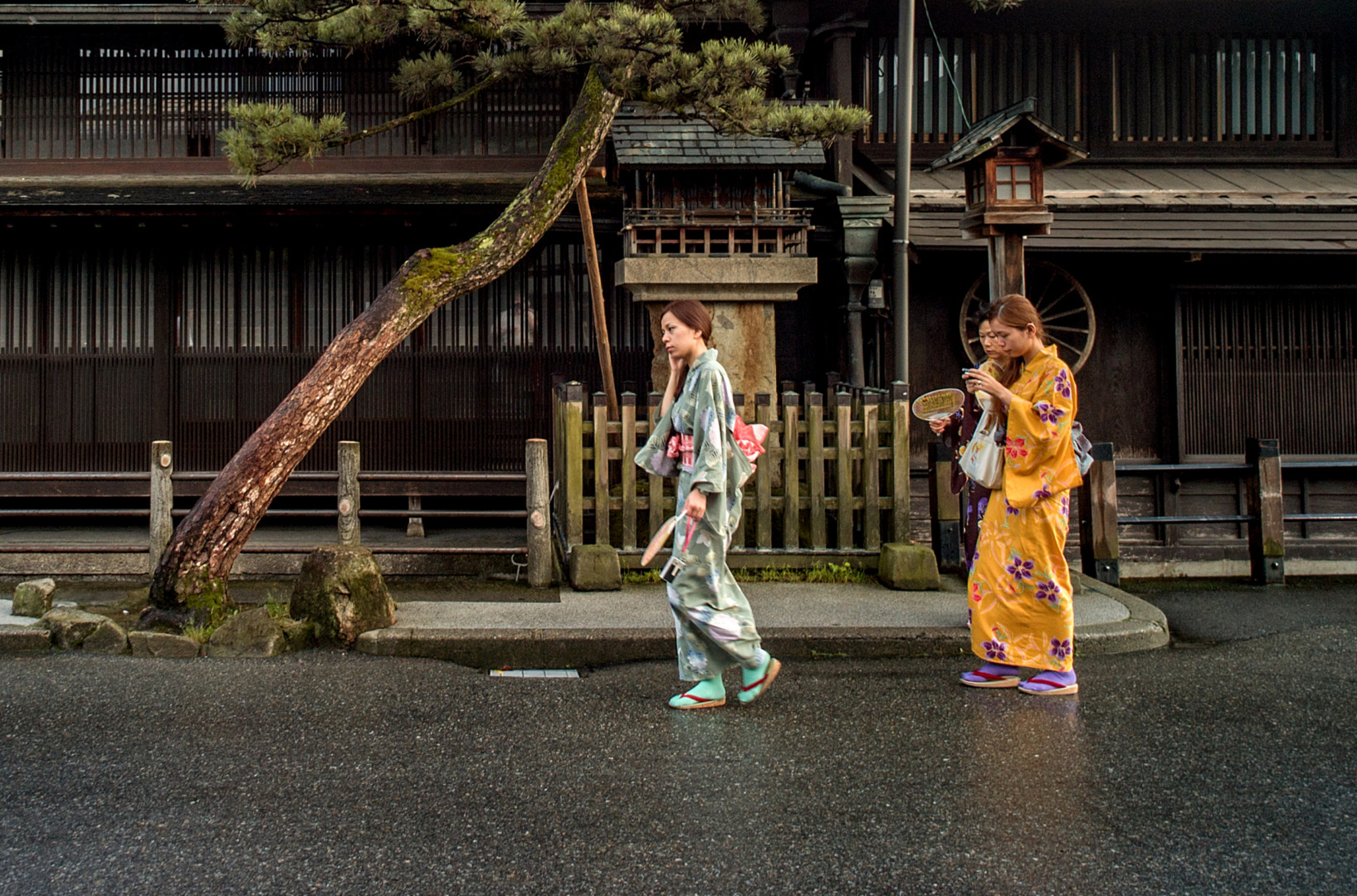
Takayama is as calm as Tokyo is frenetic. The city is known for its craft sake brewing, the very high quality attributed to the mountain springs that supply the breweries with water.
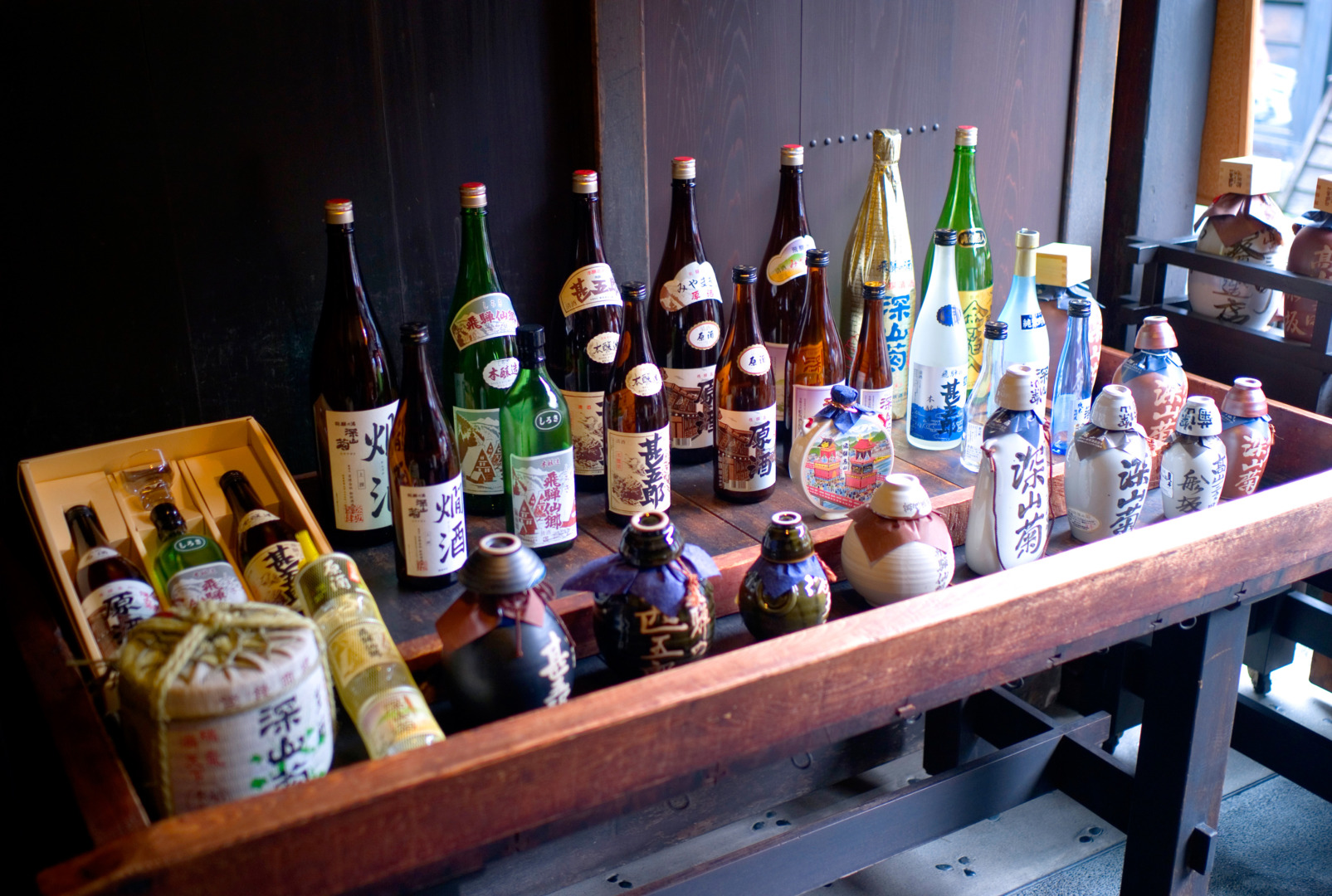
The central part of Takayama has not changed much in the past 300 years. While the buildings are wood and therefore extensively repaired and sometimes replaced over the years, the locals have taken pains to ensure that the original plans are followed.
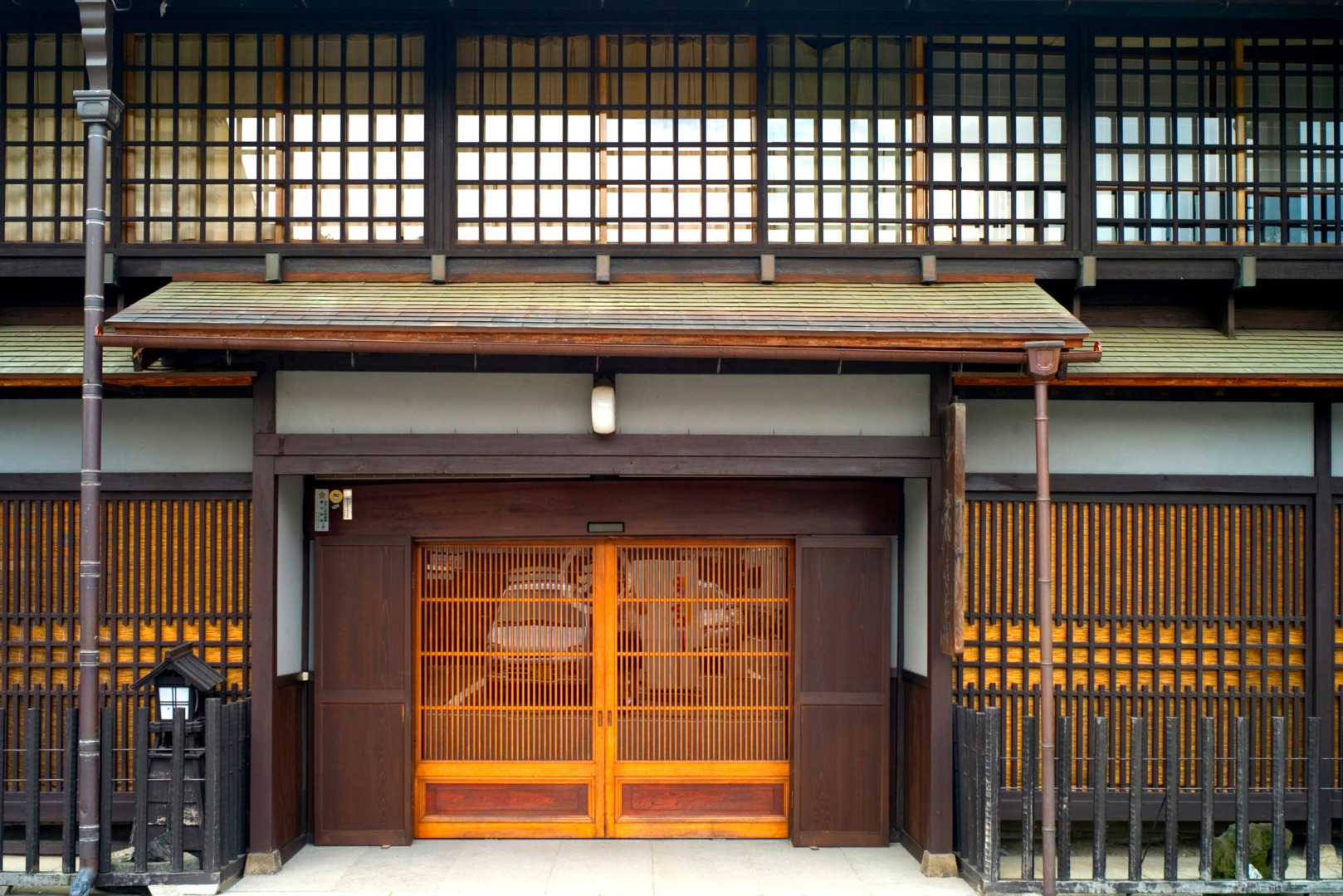
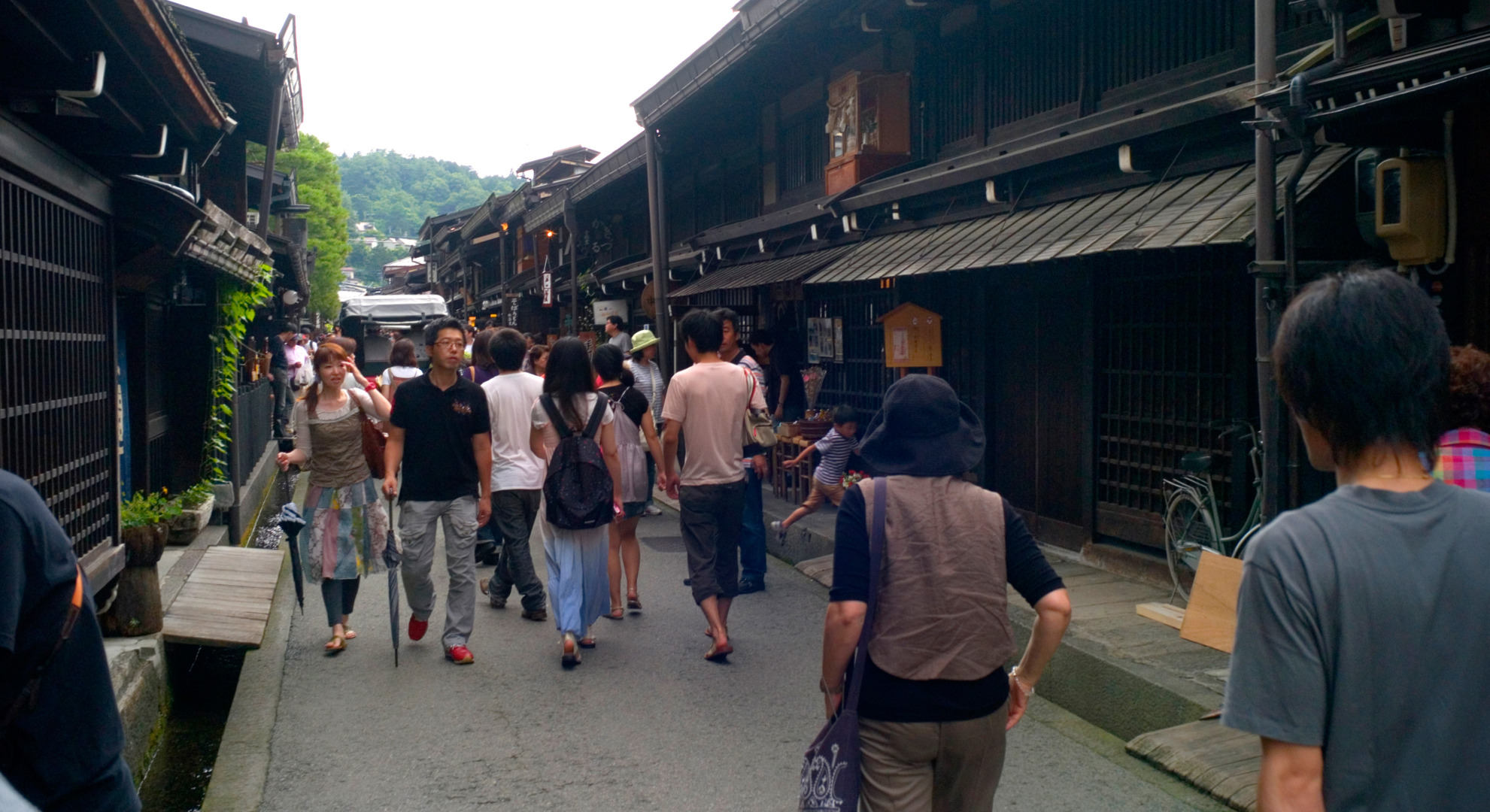
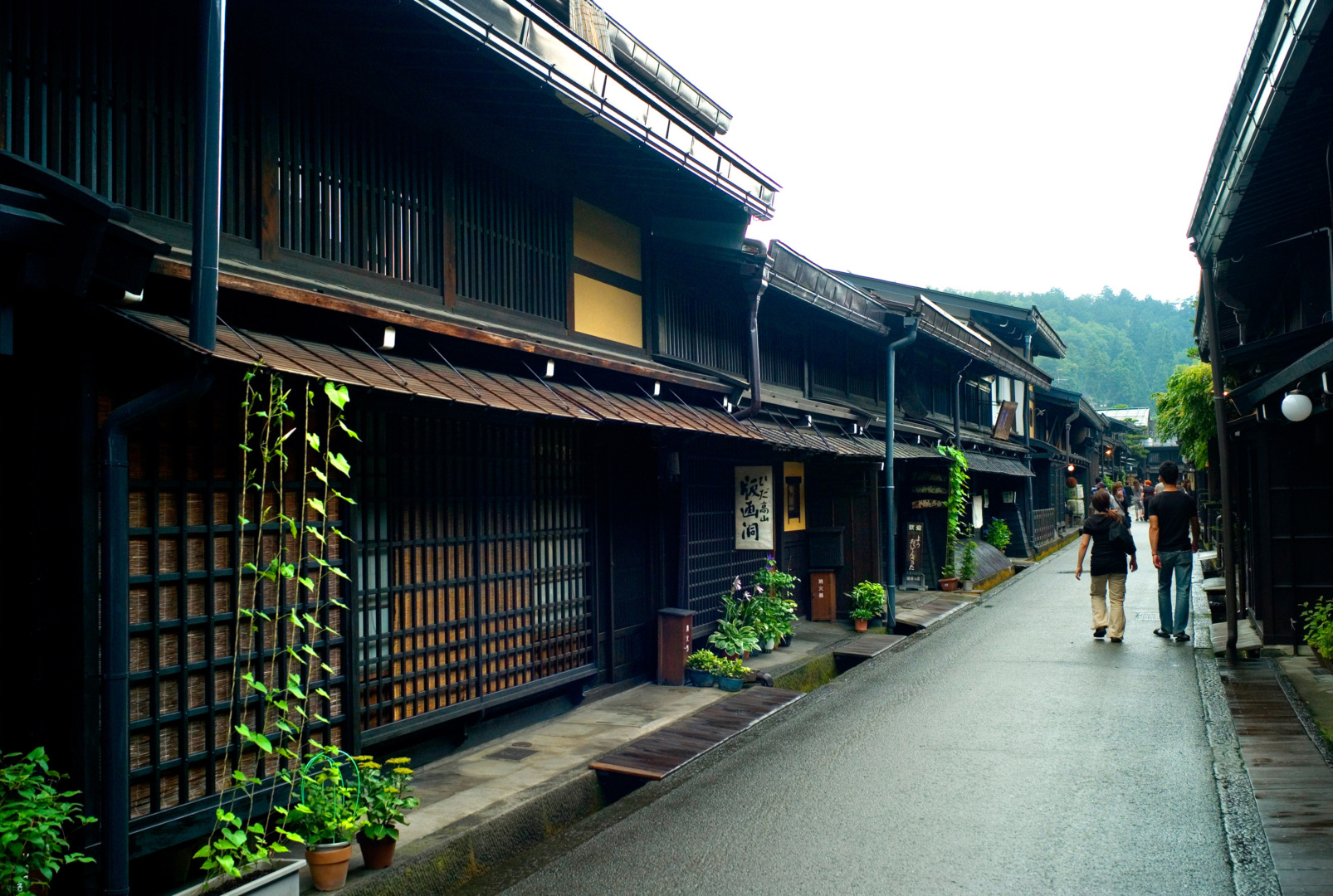
From my business trips to Japan, I knew the local food to be excellent and generally inexpensive. So while in Japan, we ate what the locals ate, and Takayama was no exception. At one restaurant in Takayama, we stopped to watch a young woman making noodles. In common with most Japanese, she was curious about where we came from. When we said Canada, she exclaimed, “Oh, I love Canada. That’s where my favourite flavour comes from.” A bit confused, we asked what she meant by flavour, and she said, “Why, maple syrup, of course!”
A World Heritage Site
After a couple of relaxing days in Takayama, it was time to move on to Nikko, which began to develop in 766 AD when the temple of Rinno-Ji was built.
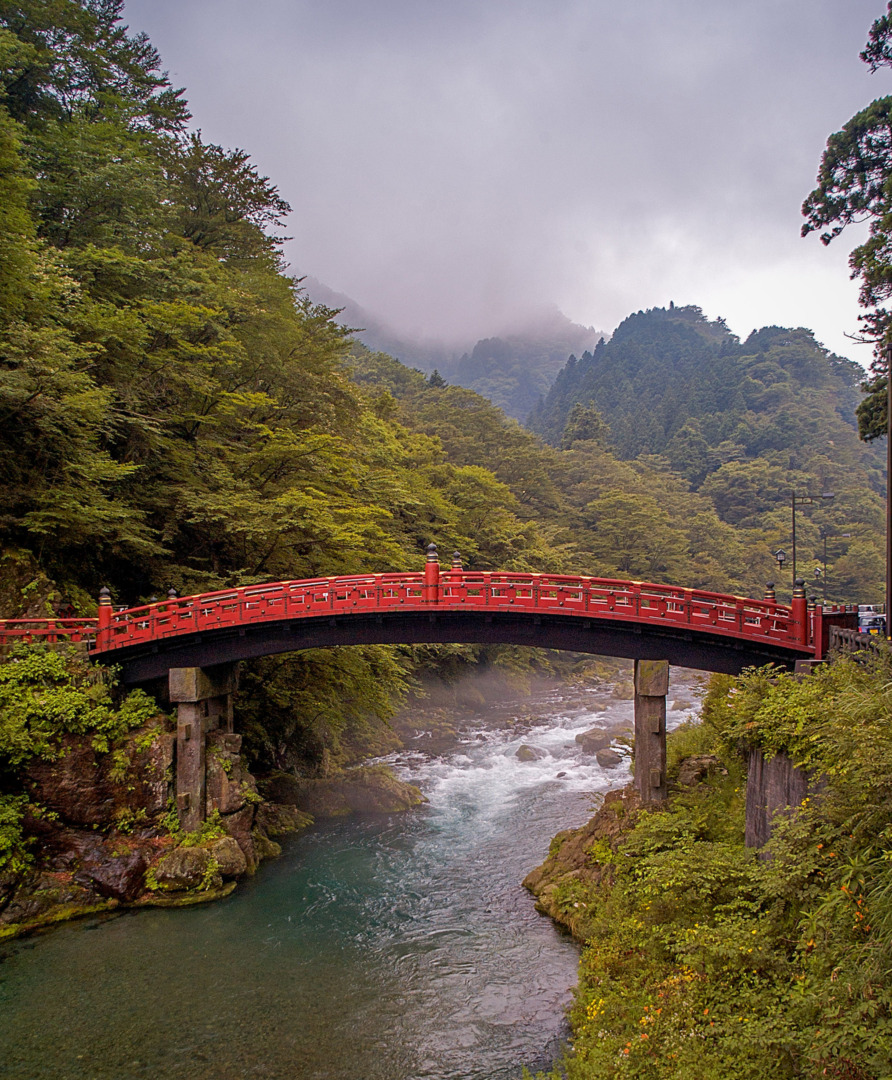
We travelled there mostly to visit the Nikko Tosho-gu shrine, the burial site of the first shogun of the Tokugawa. The shrine site is much more than just a burial site, with a dozen buildings spread across the area.
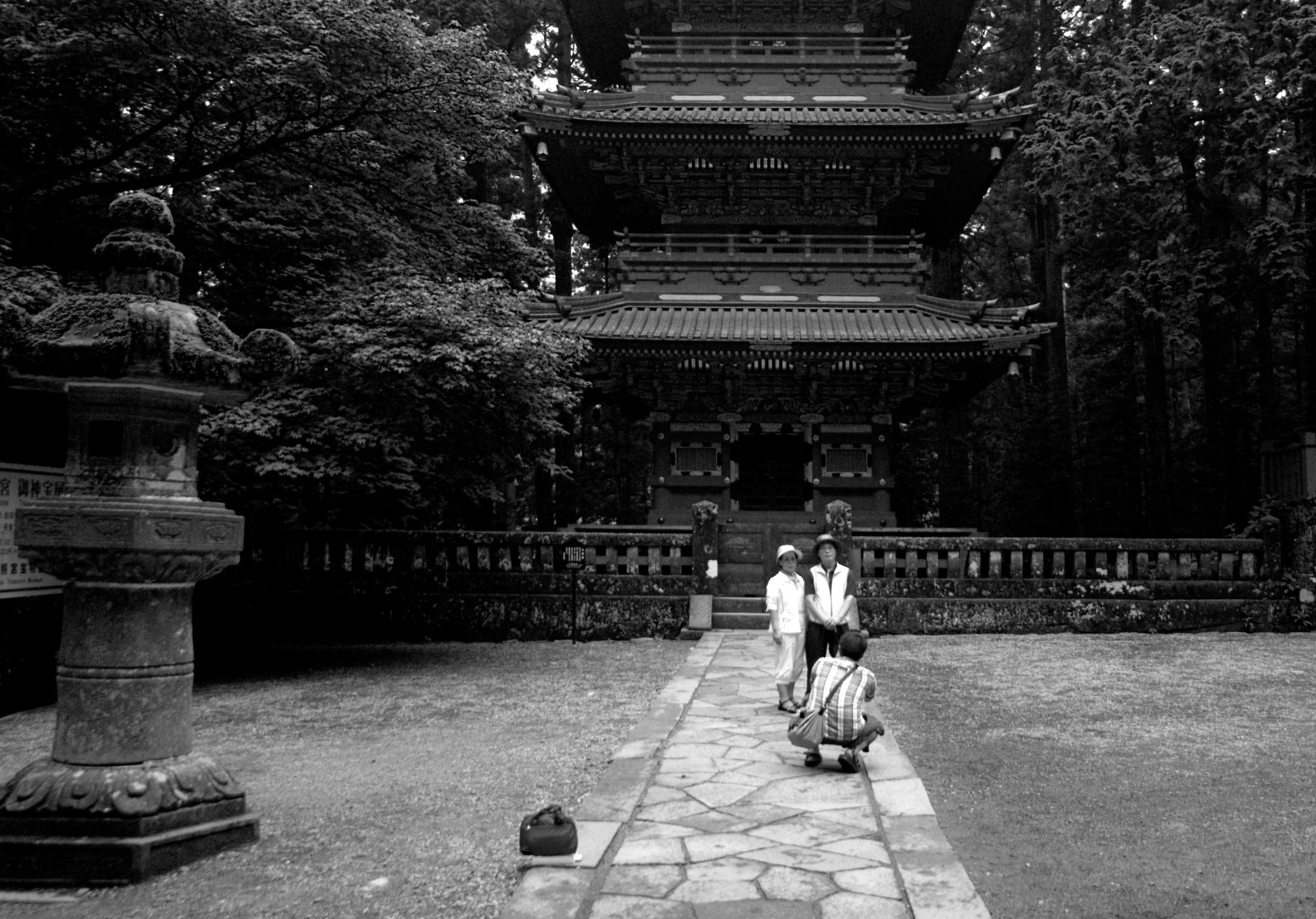
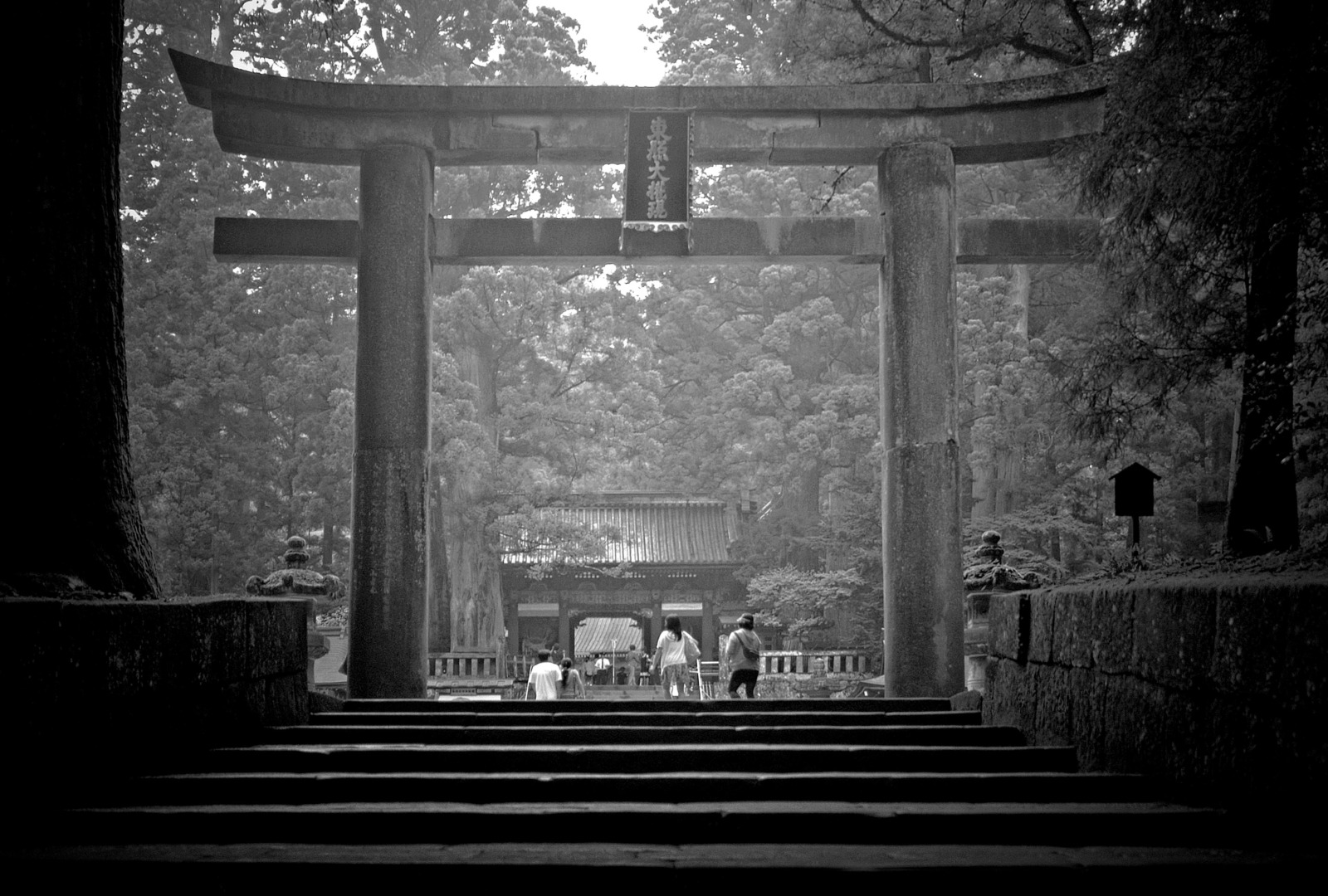
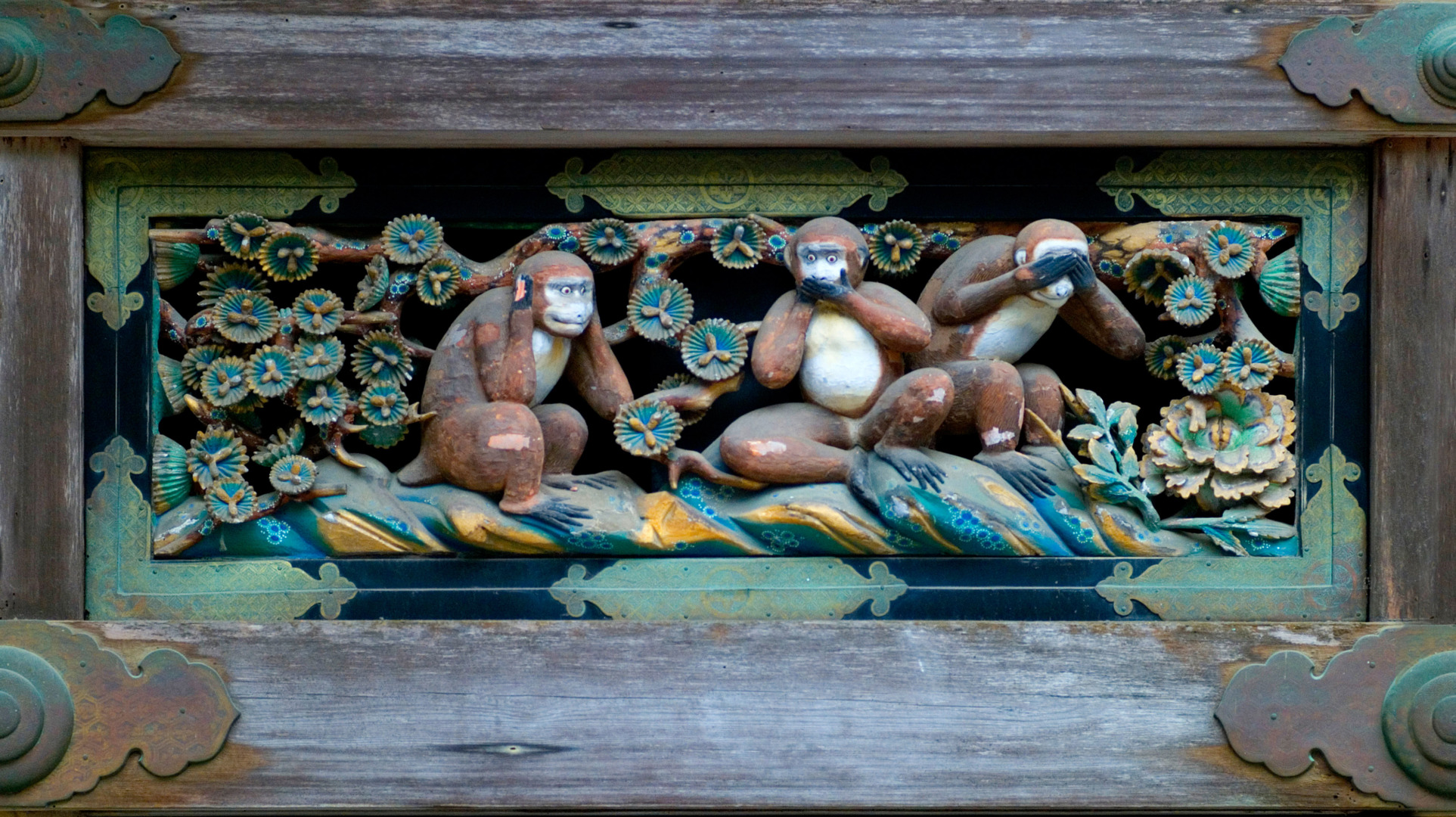
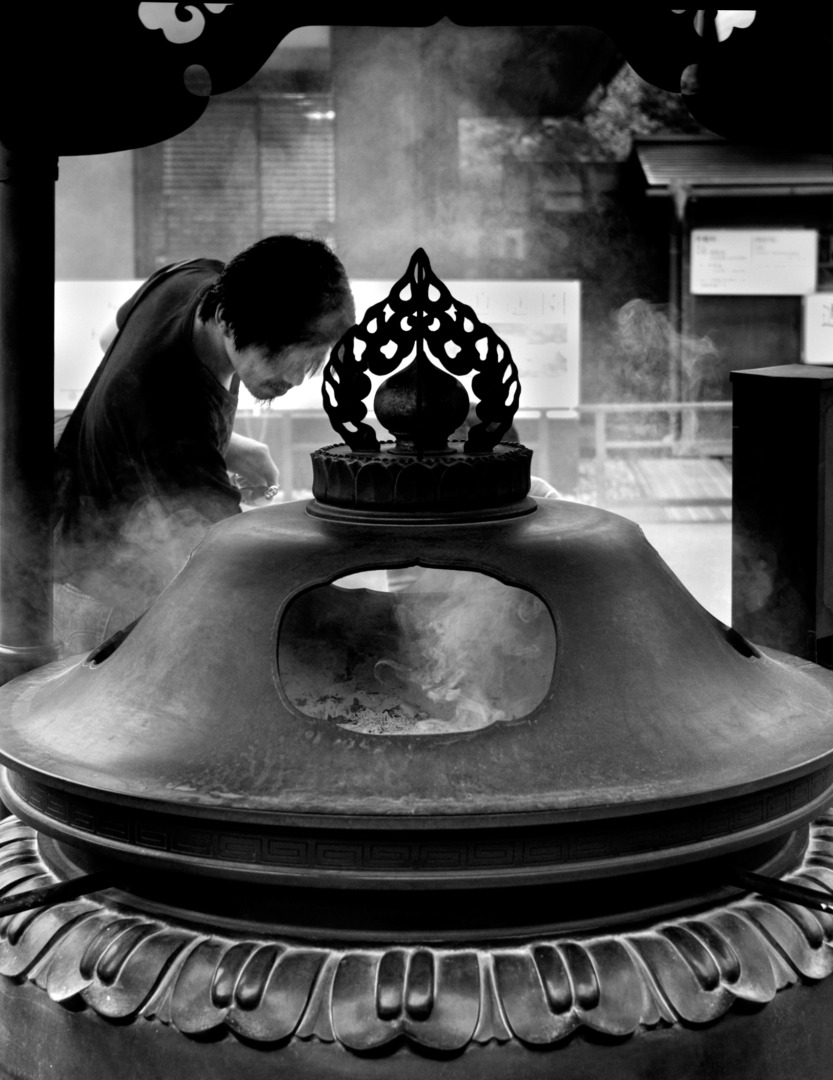
On our walk to the Tosho-gu shrine, we noticed that all the shops appeared to be closed for the day. At one small shop, we stopped to look in the window for just a few minutes, and the proprietress rushed to open the place up for us. She was as eager to try her very limited English on us as she was to sell her goods.
Overall, we found that getting around without knowing the language was not a problem at all, even in more remote places like Nikko and Takayama.
Street Party
After our travels around Japan, we had a few days set aside to have one last look at Tokyo. It’s a vast city, and I can easily imagine spending a full year there and still only scratching the surface.
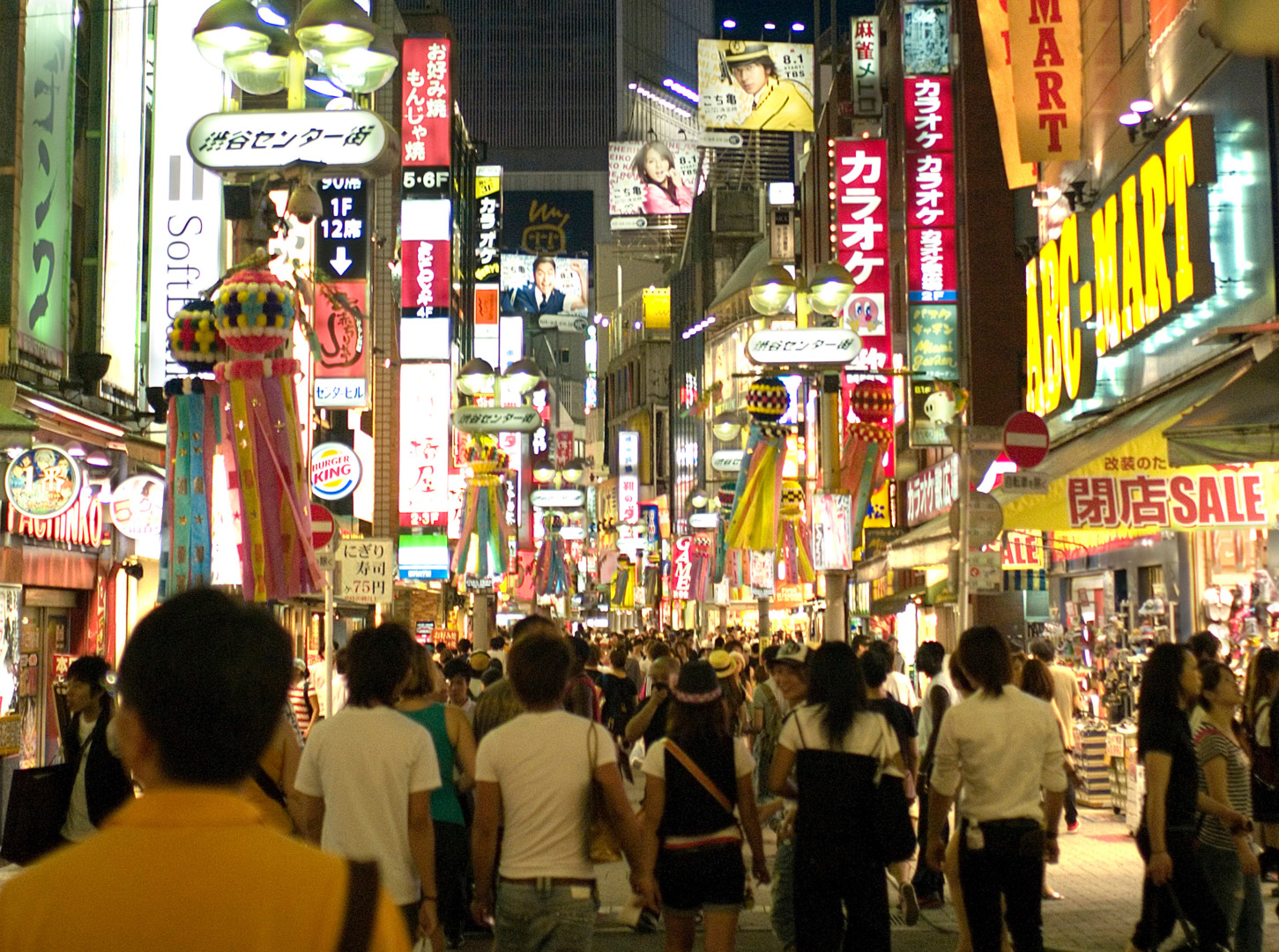
We discovered that the Sumida River Fireworks festival was due to take place on the day after our return. Of course, we could not get anywhere near the river since we arrived three hours before the event was due to start. Determined to enjoy the event as much as all the locals around us, we followed the “when in Rome” rule.
The idea seemed to be: find a place where a wide avenue faces down to the river and then sit down in the street. The police considerately blocked off all the traffic for a good half-mile around the river, so the risk of being run over was nil, and, in typical Japanese style, the street turned into a party venue.
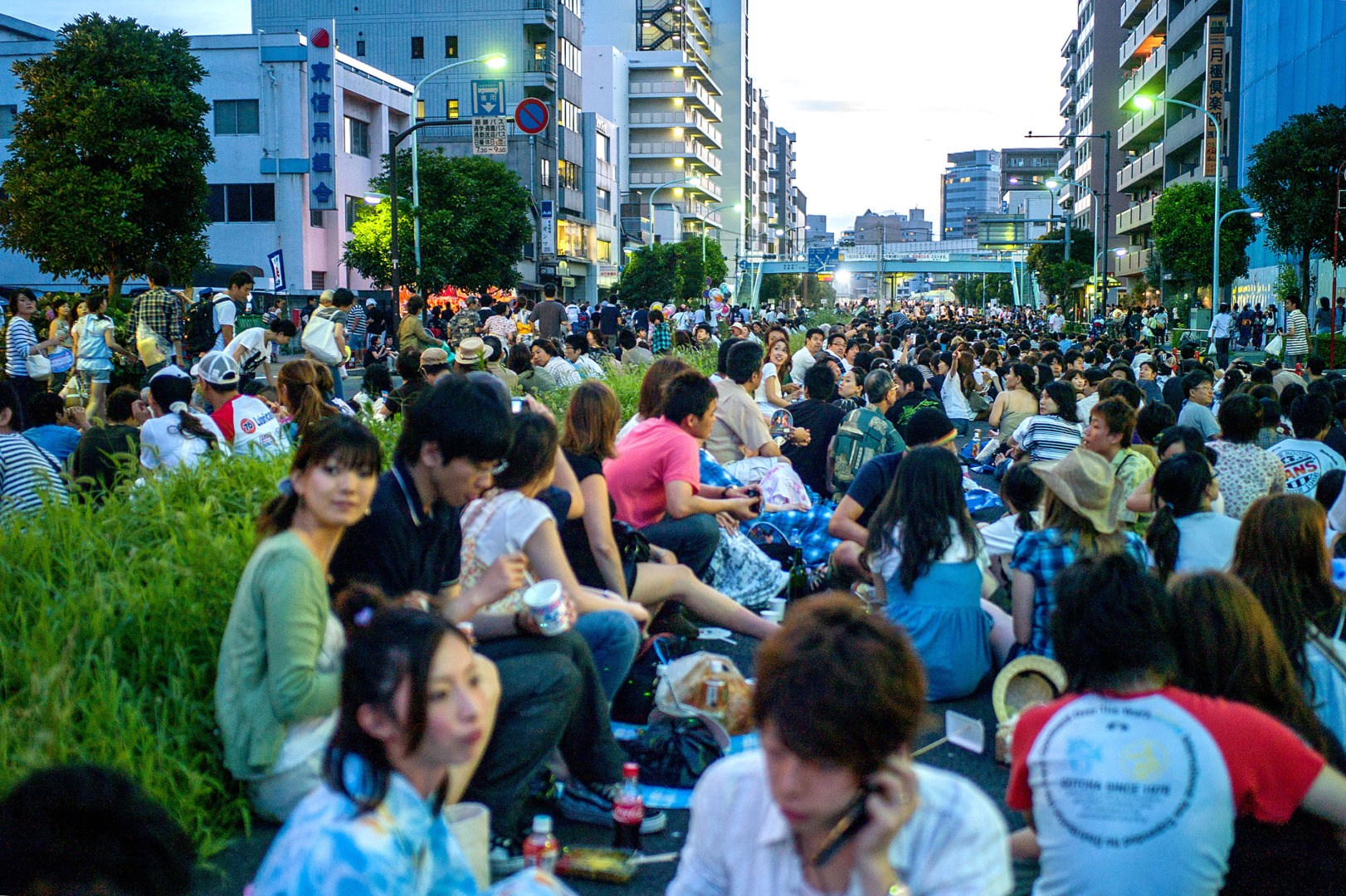
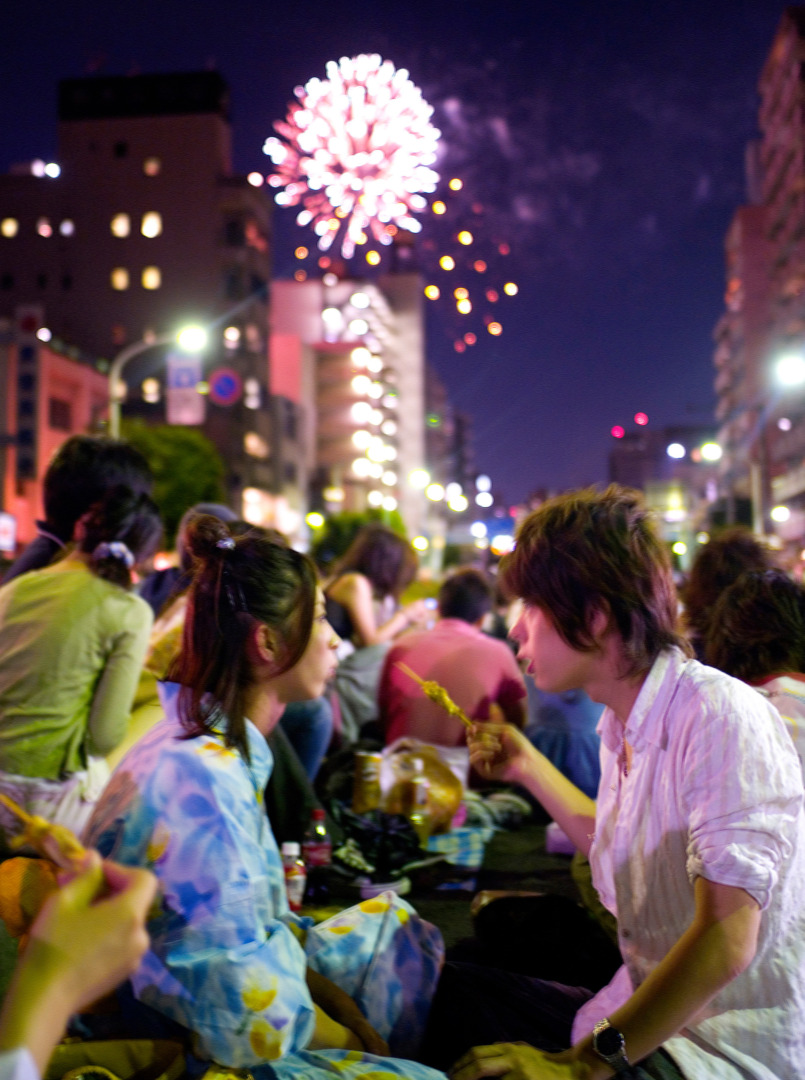
All the shops and restaurants stayed open late, providing take-out food and refreshments to the party-goers. It was another thoroughly enjoyable experience in a country where it seems possible to have a party any place, any time.
Conclusions
Visit Japan! If you have not been, it’s a wonderful country, full of friendly people who are just that much different from us that every encounter is a learning experience. We enjoyed it immensely and, once Covid is a memory, we will return.
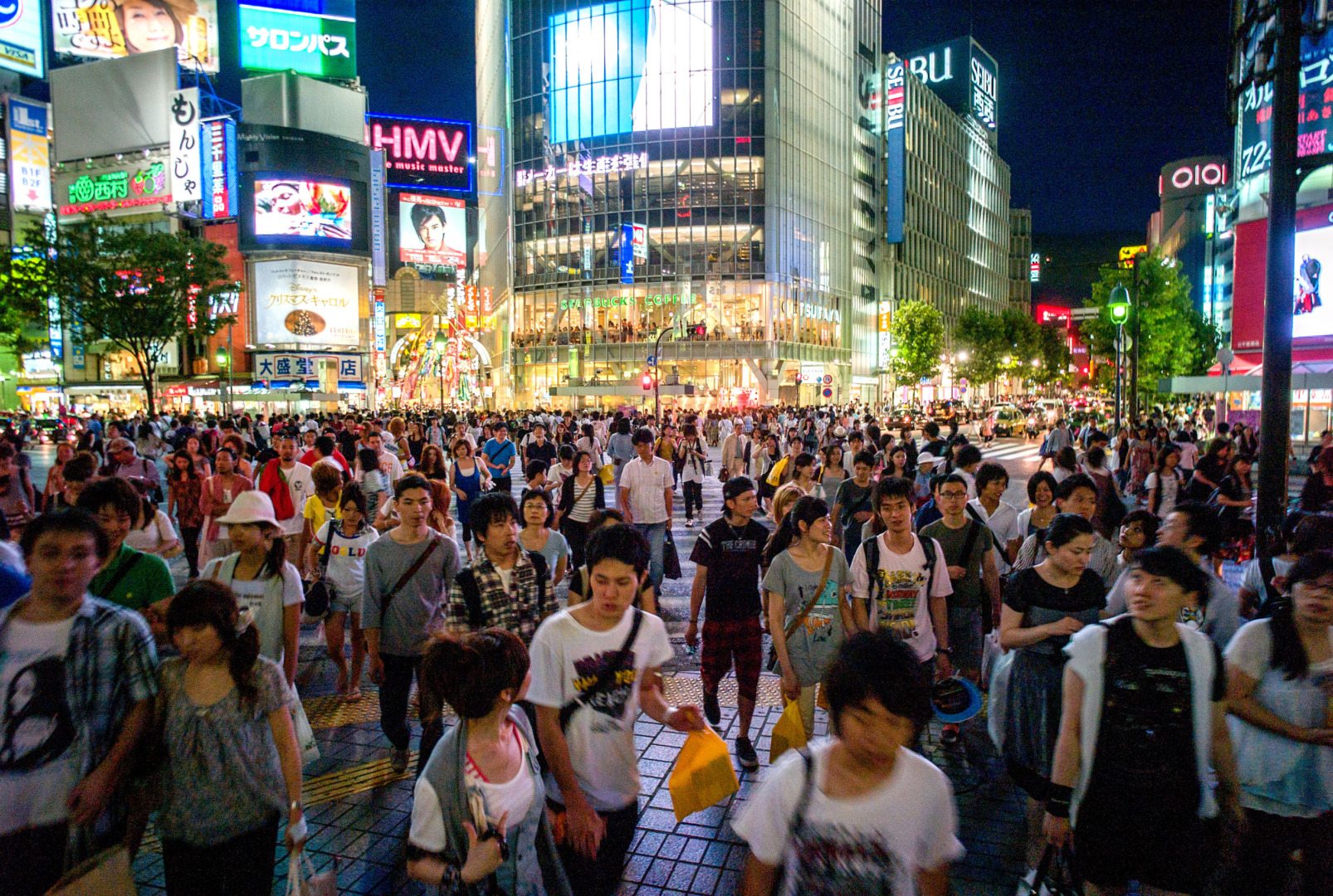
Tokyo can be frantic at times, but even there, you can find oases of calm in the parks and around the Shinto shrines. If you can get out of Tokyo, then the rest of the country provides scenery, people, and experiences you will never forget.
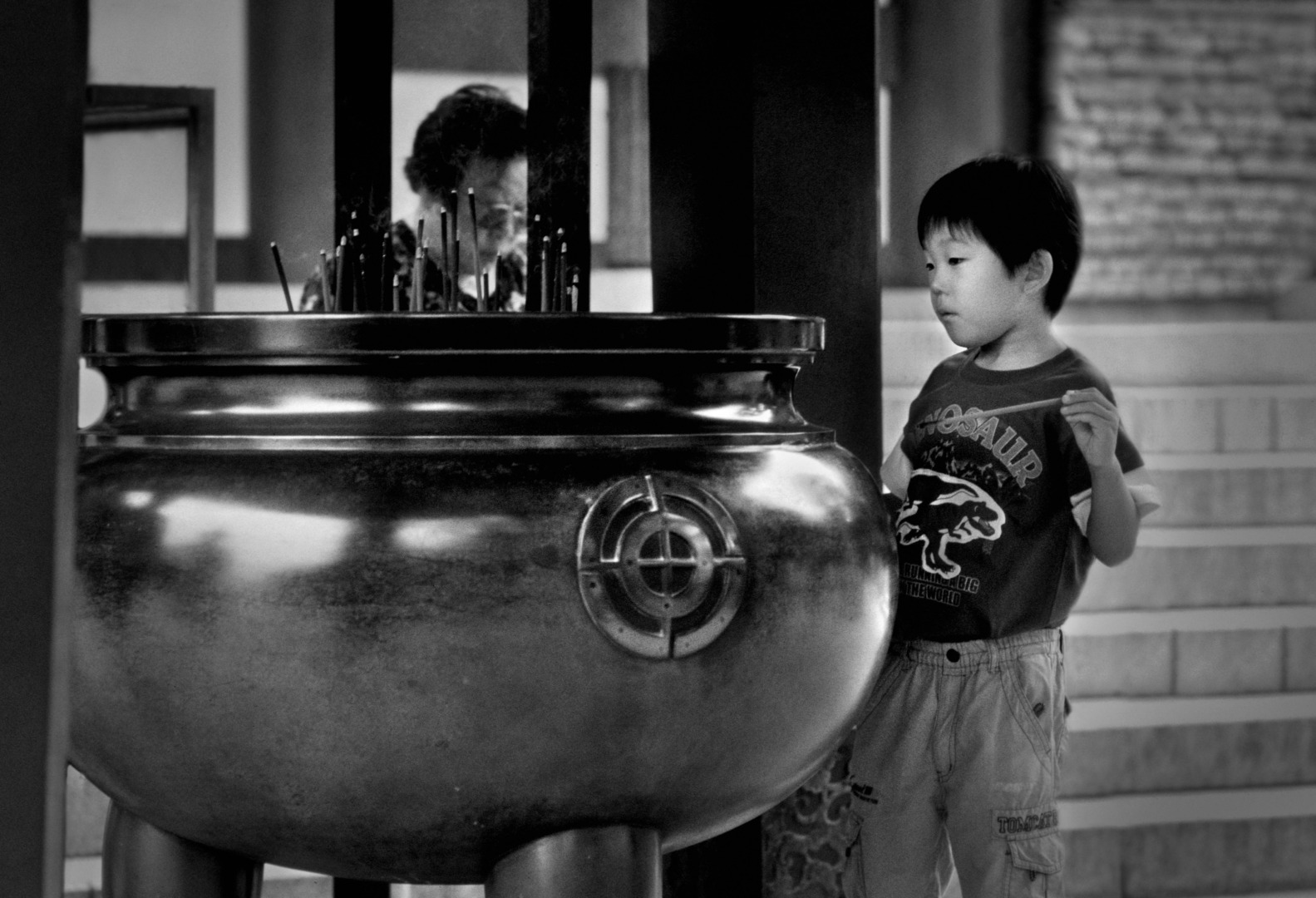
Notes on Equipment Used
Keeping in mind that this was 2009, the M8 was a wonderful camera for this trip. Previously, I had been using a Canon 30d, an acceptable but by no means excellent camera, even for the time. The M8 was a revelation, much more detailed, almost as good in low light, and about half the size—very important when you are planning to spend a month travelling and shooting street scenes in an unfamiliar country.
I’d used Leica film rangefinders for the previous three decades, and being able to return to a style of shooting that I was used to was a liberating experience for me. I didn’t need autofocus or auto exposure, and so the M8 was exactly what I needed for this trip. I was also used to low-sensitivity photography, having recently moved from film photography, so the limited ISO range of the M8 didn’t concern me. I imagine that today I would find it limiting, but at the time, it was a perfect choice. I also had a Minolta CLE, but its electronics failed around the third day of the trip, so I was almost exclusively forced to use the M8.
For lenses, I took the Voigtländer 15 mm, 28 mm Voigtländer f/1.9s, Leica 50 mm Summicron, and Leica 90 mm Elmarit-M. The 15 mm provided a 21 mm comparable field of view but was rarely used. The lens used about 50% of the time was the 28 mm and, despite its fairly low contrast, it was capable of providing great detail at apertures of f/4.0 or smaller, and the low contrast was easy to fix in post. It turned out to be an excellent match for the M8. The two Leica lenses are well known to readers of this blog and, of course, performed perfectly on the M8.
Read more from Richard Scott
A cup of coffee works wonders in supporting Macfilos
Did you know that Macfilos is run by a dedicated team of volunteers? We rely on donations to help pay our running costs. And even the cost of a cup of coffee will do wonders for our energy levels.

Enjoyed this very much, Richard. Thank you. Japan is one place I’d love to visit. I’m sure you would have heard of and possibly read, “Rice, Noodle, Fish” by Matt Goulding. It is a great insight into the Japanese culture specially it’s food. And you would have seen the short documentary “Jiro Dreams of Sushi”, another look into this amazing culture. And if you one day find yourself so inclined, I can recommend a film by Werner Herzog called “Family Romance, LLC”. It shows another fascinating aspect of the culture and lives of the Japanese. Meantime, as Japan is a place far away…yet, I am patiently waiting for Amazon to deliver the book “A Quiet Place” by Seicho Matsumoto.
I am glad you enjoyed this Farhiz and thank you for the reading suggestions. My recommendation of a Japanese author is Haruki Murakami. His novels often explore the mystical side of Japanese culture, a topic I find fascinating.
Hi Richard – thank you, I really enjoyed the article. I have been fortunate to visit Japan several times on business, once once accompanied by my family, staying primarily in Nagoya, but visiting Takayama, Kyoto and Tokyo. It is a beautiful country, and so different from anywhere else I have ever visited. Your photos captured its essence really well! I especially enjoyed your photograph of the Shinkyo bridge. Absolutely beautiful shot, with the clouds about the mountains in the distance. Thanks again! Keith
Hi Keith. I’m glad you enjoyed the article and thank you for your high praise. I hope you get to see more of this wonderful country and it’s people in future travels.
Hi Richard,
Thanks for the memories. My wife and I have been to Japan many times as it is the short cut to Europe from Australia. It is about 4 hours less flying time, but Japan Airlines offer an overnight stay in Tokyo. So it is a very pleasant break in the 20 hour flight. We usually spend more time there on the return trip.
Our first trip in 1976 involved backpacking and film. Kodachrome 25 and Tri X (or TLI X as it was labelled on a cassette I bought).
We spent 2 months wandering while awaiting a Russian Visa to continue our voyage.
Wonderful country and people and a complete change from the rest of Asia.
Hi Philip. Thank you for your kind comments. Perhaps you can put an article together on Japan. All that time spent there must have been fascinating. I’d love to hear and see more.
Very enjoyable Richard, thanks. I particularly liked the tones in the black and white photos. Regarding camera shake, as I am viewing on an iPad, I cannot see any, will not speak of any and certainly cannot hear any!
Thanks Kevin. The M8 was a great B&W camera. Probably something to do with it’s unusual IR sensitivity. Nice joke too.
Thank you Richard for stepping back a decade and showing us why we don’t need the latest and greatest kit to get some really good images. For myself, I particularly like two of the landscapes and how you’ve caught the indoor available light of the sumo championship.
Your M8 well illustrates that if we don’t do crazy cropping then fewer big pixels can provide great output. And how much does the CCD sensor add to the outcomes?
Hi Wayne. I agree that when viewed on a screen, or I suspect even in the pages of a large book, little is gained by having more than 10 megapixels. As to the CCD sensor, while the colours were not as accurate or subtle as today’s cameras, there was nothing that could not be fixed in post, and the B&W produced by the M8 was superb. Thank you for looking.
If you think you need apologize camera shake, I’d hate to think what you would do if you saw mine! I take your version anytime! Whole series was terrific, where you going next? Thank you and your family
Thanks John. I’m afraid it’s eleven years later and that shake has become considerably worse, it still won’t stop me from using my Leica-M camera though. We hope to get to India next, and then probably back to Japan, but we will have to wait until the Covid situation improves. If Asia is still stuck in this mess next year, we may have to settle for Europe or perhaps good old Blighty.
Japan has long been my very favorite country to visit. I can’t wait to return once COVID restrictions are gone.
Thank you Andrew. Covid is keeping us all from traveling and Japan is one of the places we will go back to as soon as this plague is over.
A truly wonderful read and images, Richard. I really enjoyed the reportage-style narrative and images. They remind me how good my now gone M8 was. I find it difficult to select one favourite image among others but the ones you shot with the 28 Voigtlander really stand out in my eyes. They allowed you to keep the environment alive around people. They also remind me of my old 28 elmarit (the Canadian version. I guess it’s V3 or V4) which was mounted on my M8 most of the time. You’ve made your M8 shine and I think Japan will be on my wishlist in the future once we’re rid of covid
Jean.
Thank you Jean. It has been 11 years since we were there, and we still think of Japan as the trip and experience of a lifetime. We will go back (sans son of course, he has his own life now) to more wonderful experiences. I hope you get there soon. While very different from the rest of Asia, it is still a unique and eye-opening experience.